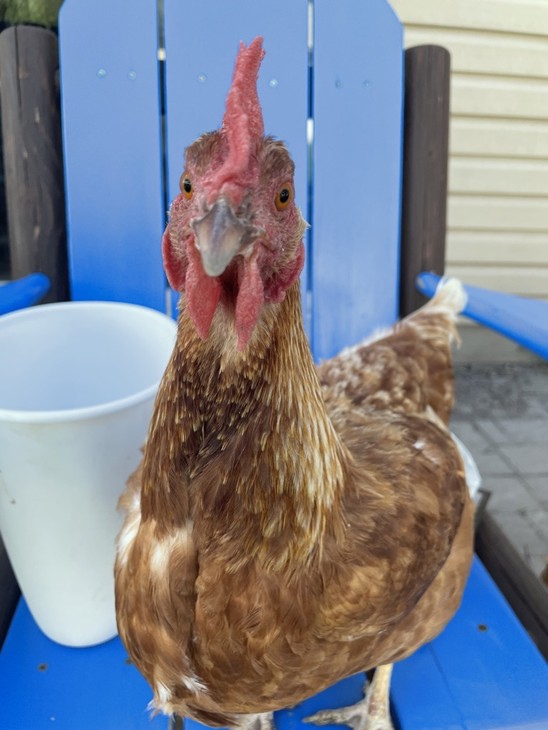Americans are running short on eggs, and the eggs that are on the shelf are pricey. I checked my local grocery store this morning, and regular eggs were starting at $5.29 and up for a dozen and hitting $9.49 for organic. Pretty soon, all of those commercials for gold you see and hear on conservative television and podcasts are going to switch to touting eggs. Instead of a gold bar or coin with Trump’s face stamped on it, you can get an egg with his photo on it. If the present trend continues, like gold, eggs will only go up in value.
But New Zealand is also coping with an egg shortage as well. This problem will only be exacerbated by a fire Monday at Zeagold farm, one of the nation’s largest egg suppliers. The Guardian reports that around 75,000 layer hens died in the blaze. A week earlier, 100,000 chickens perished in a fire at Hillendale Farms in Connecticut. The USDA Foreign Agricultural Service reports that New Zealand is already coping with an egg deficit. High costs, labor shortages, and changes regarding the caging of chickens are all factors in the problem. The fire Monday will only make things worse.
The hike in prices at home has been chalked up to the outbreak of avian influenza, mandates for cage-free chicken farms, and of course, the high price of fuel. The eggs have to be shipped somehow, and as fuel prices go up, so does the cost of eggs. And then there is the popular theory that chicken feed is being tainted to fuel the demise of the birds and create an egg crisis.
Related: Fire at Connecticut Egg Farm Latest in Series of Mysterious Food Processor Fires
One solution is to go egg-free. Another is to raise your own chickens if you have the space. Chicks are pretty cheap, but that’s about the only part of the equation that is cost-effective. Many people think that all you need to do is get some chickens, throw them in the backyard, and wait for the eggs to come rolling in. That might work, depending on where you live. Chickens are omnivores and to a certain degree, predators. I’ve seen ours eat feed, meal worms for treats, table scraps, and even the occasional vole that happens into their path. Which in and of itself is an unnerving site. You can see that these things are the descendants of dinosaurs, once you witness one grab a vole, beat it to death, and swallow it whole. You don’t unsee something like that. But they also need feed, and it’s a good idea to mix a little ground oyster shell into their meals.
We let ours out to run around and hunt for bugs in the summer, and they can actually be pretty social. One Rhode Island Red likes to come over while I’m writing outside and perch on the chair and apparently proof my work. Our granddaughter named them Crystal, Charlotte, Layla, and Lola. I never knew the kid was a fan of British classic rock.

But while the chickens are foraging, I have to keep one eye on the sky for hawks. And they face other predators like skunks and raccoons. So the chickens have a metal dog run, with fencing on the floor and ceiling and along the bottom of the kennel to discourage digging. And then there is the coop. I have seen plenty of homemade ones, and veritable chicken mansions that can run up to $500. But really, they just need a safe space with good bedding to get out of the weather and lay. They have a high core body temperature, but if your area is prone to cold snaps and below-zero temps, a heat lamp may be a necessity.
In a nutshell, or an eggshell, chickens can be a great investment, but there is some money involved on the front end. And you don’t just throw them outside and forget about them. I check ours throughout the day and deep clean the coop once a week. And they depend on their owners for food, water, and shelter. So if you have the space, the time, and the desire to make the commitment, you can save some money in the long run. And beyond that, it makes you slightly less dependent on others for your needs, and that includes companies and the government. And right now, we need every win we can get.










Join the conversation as a VIP Member